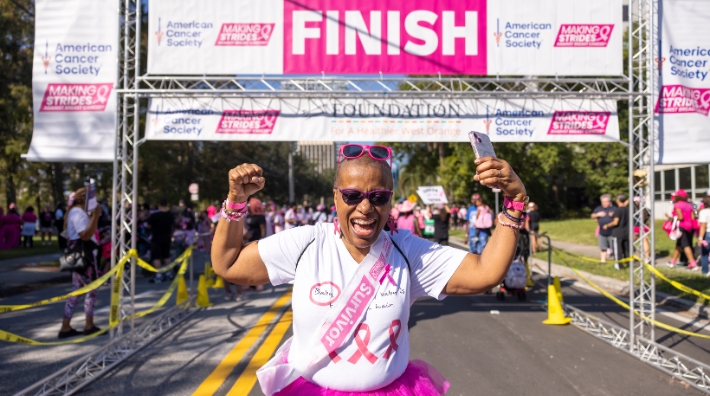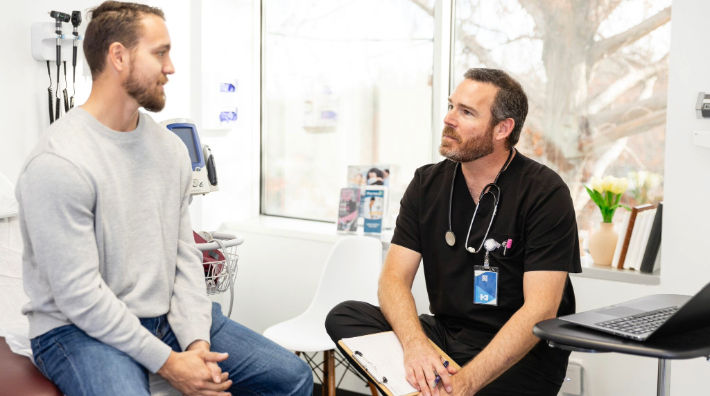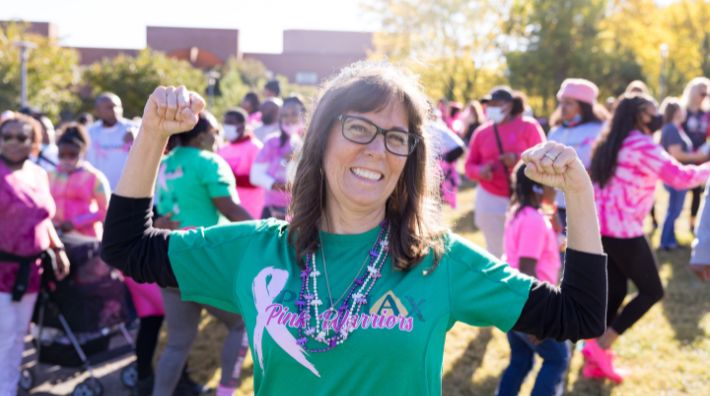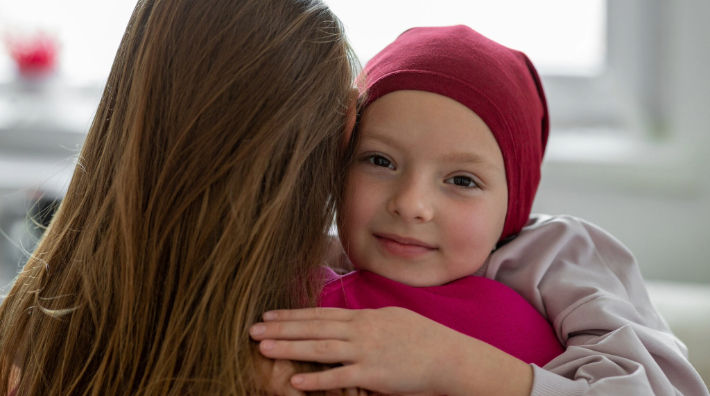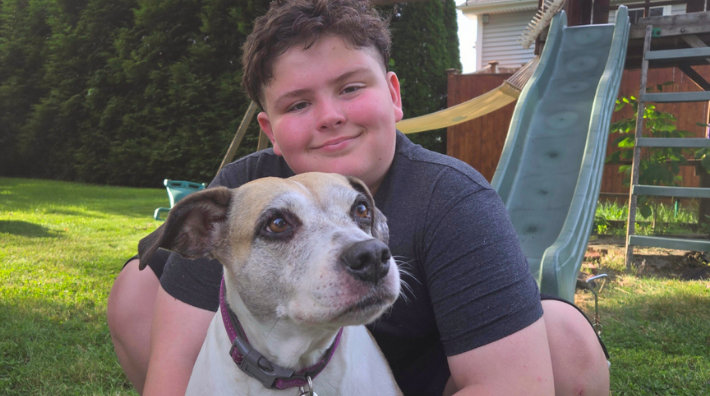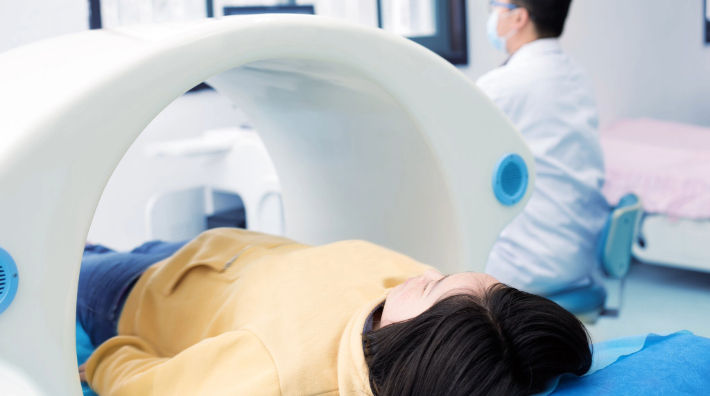Cancer Connections
Cancer News, Stories, and Conversations
Our team of experts brings you cancer-related news, features, and survivor stories.
Published on: October 17, 2025
This year marks the 40th anniversary of Breast Cancer Awareness Month, which was co-created by the American Cancer Society in 1985. It began as a week-long campaign to educate women about screening and routine mammograms. Today, 40 years later, Breast Cancer Awareness Month has grown into a nationwide movement that continues to bring awareness to the disease.
Published on: October 16, 2025
Nicotine pouches contain nicotine, which is highly addictive, and may include other harmful chemicals. Learn about the health risks of nicotine pouches.
Published on: October 14, 2025
Laura Renegar is no stranger to the impact cancer can have on a family. Her mother was first diagnosed with breast cancer in 1985, and sadly, her mother passed away from the disease. Then in 2011, just days after having a routine screening mammogram, Laura was devastated to find a lump in her own breast. She was 46 years old.
Published on: October 9, 2025
Liver conditions such as MASLD and MASH can increase a person’s risk of liver cancer. Find out more about causes, symptoms, and reducing your risk.
Published on: September 26, 2025
You can help parents who have a child with cancer in many ways, but take your cues from the family. Find out what assistance can be most helpful.
Published on: September 24, 2025
Polycystic ovary syndrome (PCOS) can cause health issues that include an increased risk of endometrial cancer. Learn more about PCOS and cancer risk.
Published on: September 23, 2025
When nine-year-old Stevie Raposo discovered a lump on his tongue, his family was thrust into a world of scans, surgery, and uncertainty following a cancer diagnosis. Now, Stevie and his family have turned their experience into advocacy, supporting others through Relay For Life and raising awareness for childhood cancer.
Published on: September 17, 2025
A bone scan for cancer can show if cancer has spread to the bones. Find out what to expect if your doctor recommends you get this test.

